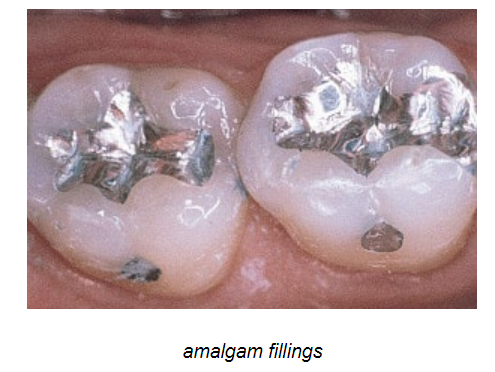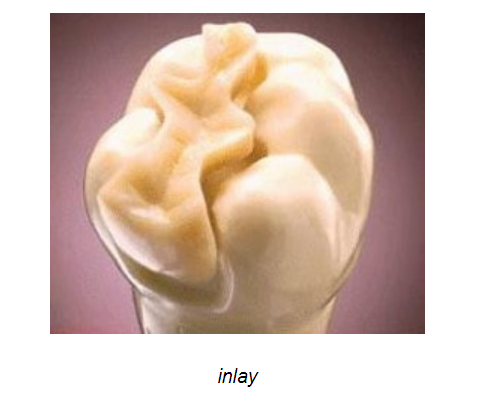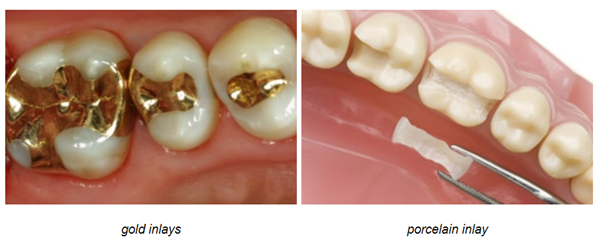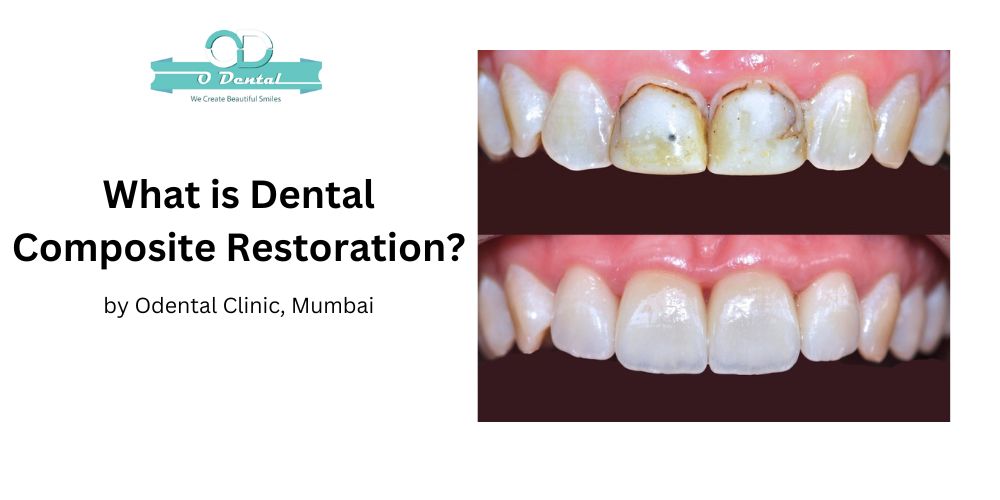Dental composites materials are artificial resins that are utilized as ceramic restorations in dentistry.
Within today’s modern dentistry, advanced composite substances have a wide range of applications. Let us just look at the major benefits of composite substances before moving on to clinical applications.

What are the important advantages of dental composite materials?
Bonding.
Dentistry composite binds to tooth enamel chemically. The tooth’s framework is strengthened, as well as its physical viability is restored. Since composites are “bonded” to the teeth, a composite repair requires fewer good teeth to be removed.
The mechanism for binding
- Etching — this procedure uses phosphoric acid to create enamel as well as dentin imperfections varying in depths from 5 to 30 micrometers.
- Bonding — the procedure necessitates the application of a specialized bonding agent. The binding agent is included in the composite package. The bonding agent would form a micromechanical link with the tooth, enabling the restoration to adhere well to the tooth. Ultimately, the composite is applied and light hardened.
Use in the clinic
The ability of composite adhesives to adhere is indeed a valuable quality for a variety of restorations:
Fillings
Because composite fillings have been cemented (bonded) to the tooth, contrary to amalgam fillings, no absorbent properties are required, destroying a healthy tooth.

Composite bridges that are self-adhesive
The bonding method is used to connect a synthetic fake tooth to the surrounding teeth throughout this scenario. The fundamental benefit of this procedure would be that no surrounding teeth are ground down.
Inlays
A composite inlay is indeed a type of indirect restoration (made in a dentistry lab) that is glued within the treated tooth cavity to reinforce the whole tooth framework. We, at Odental, include inlays in our cosmetic dentist in Mumbai services.

Veneers
A composite veneer can be instantly inserted (accumulated in the mouth) or indirectly produced inside a dental laboratory and afterward attached to the tooth by only a dental professional.
Aesthetics
The primary benefit of a straight dental composite above older materials like amalgam is that it is more aesthetically pleasing. Composites come in a broad spectrum of tooth hues, making tooth replacement nearly unnoticeable. Composite fillings can indeed be made to match the color of your natural teeth.
Porcelain vs. Composite
Composite seems to be the least suitable alternative in terms of toughness and longevity whenever indirect replacements are concerned, particularly big ones.
Even while today’s composite substances can give a lifelike, attractive appearance as well as endure a lengthy time, porcelain is much more staining and chip-resistant doesn’t wear under pressure, remains color stable, and is, therefore, more visually pleasing.

Composite repairs, on the other hand, are usually less expensive.
Clinical use of composites
There are two ways to use dentistry composite:
Dental composites are applied directly to the teeth.
Inside a clinical context, the dentist places straight dental composites. Polymerization is commonly achieved with a hand-held healing laser which produces certain wavelengths to start the polymerization processes.
Direct dental composites could be used to patch cavities or smaller gaps within teeth, do minimal contouring, lengthen teeth, or alter the form or color of teeth.
Dental composites that are applied indirectly.
Just outside of the mouth, implicit composites are usually treated in handling equipment that can give higher concentrations and amounts of energy over hand-held lamps.
Direct composites are fixed for extended periods and seem to have higher degrees and grades of cures.
Indications
Indirect dentistry composites could be used for a variety of purposes, including:
- Using the indirect approach to fix cavities in teeth: inlays and/or onlays.
- Closing spaces between teeth (diastemas).
- Teeth realignment.
- Single-tooth crowns, either whole or partial.
- Adhesive implants include bridges spanning 2-3 teeth.
- Veneers.
Composite dentistry restorations come in a variety of shapes and sizes.
Dental crowns are made of composite material
Composite crowns would not last as long as gold, zirconia, or porcelain caps and must be changed more frequently. A metallic shell can be used in composite crowns, although there are times when entire composite fillings are feasible.
Metal-composite caps are frequently manufactured with a complete veneer that only surrounds the visible parts of the crown. Whenever the aesthetic needs are great, all edges of the crown can be covered with composite.
Signals.
- Patients who are unable to purchase more costly crowns.
- Patients with severe metal hypersensitivity who cannot endure complete porcelain (very rare).
- For patients who are at a high deterioration rate, as a temporary or interim treatment.
Dental bridges are made of metal composites
Composite dentistry bridges, like crowns, could have a metallic frame on which composite is deposited, usually in the shape of veneers to conceal the exposed sections.
Metallic composite bridges are comparable to caps in design and have been used whenever patients neither afford nor handle higher expensive options.
Composite adhesive bridges
Whenever a solitary tooth (usually the front tooth) is missing, adhesive composite implants are used. The process entails using the gluing technology to connect an artificial compound tooth to a neighboring tooth that has been molded either by the dentists in the clinic or through a dental professional.
The fundamental benefit of this procedure is that no surrounding teeth are ground down.
As a result, the surrounding teeth remain unaffected. This indicates that the patient might return to their original teeth at whatever time. Fiber-reinforced composite bridges are often used.
A resin-bonded bridge is more attractive and functional than a detachable denture, but it is not as sturdy as permanent bridgework and therefore does not operate or last as long as implant placement.
Inlays
An inlay is indeed a type of indirect restoration that consists of a permanent substance (such as gold, porcelain, even composite resin) that is glued into a gap inside a tooth. Composite inlays, except gold and porcelain, are glued to cavities via the binding procedure.
While composite inlays have been better retained in place due to the gluing procedure, they are weaker, less durable, and have a shorter lifespan than gold as well as porcelain inlays.
Veneers
A veneer seems to be a thin covering of material that is applied to the front of a tooth to enhance its appearance or to safeguard the tooth’s surfaces from injury. Composite plus dental porcelain are the two most common materials used to make veneers.
A composite veneer can be applied immediately inside the mouth (built-up) or subsequently in a dentistry laboratory by a dental professional. The binding process would be used to secure the composite veneer into place.
Conclusion
Choose your restoration carefully. Better yet, let your dentist do this for you and just listen to him/her. They will always give you good advise.

